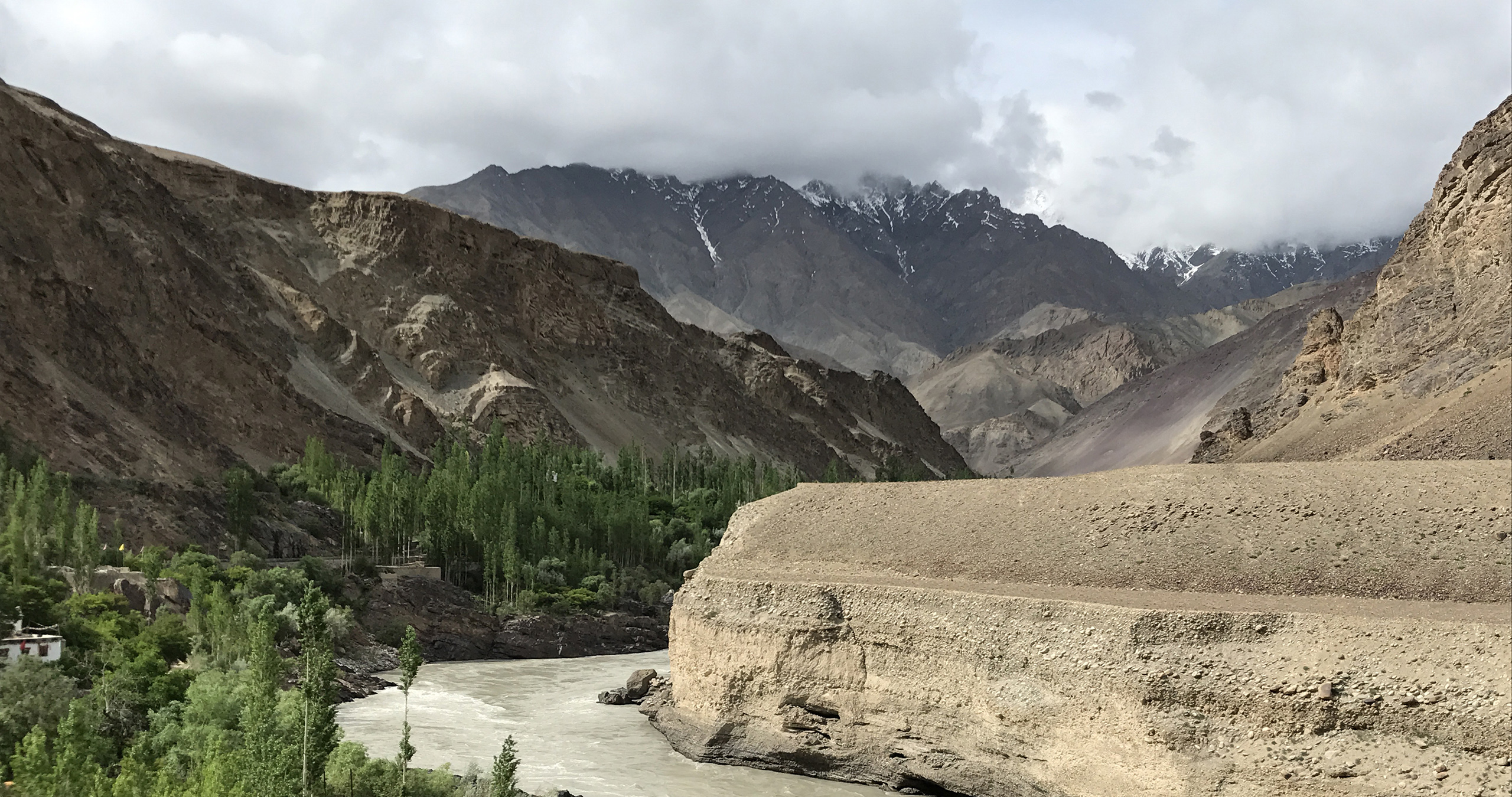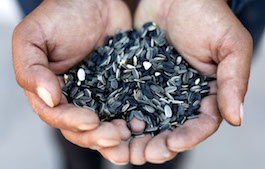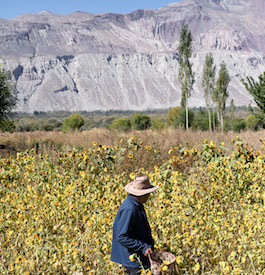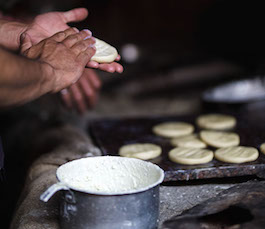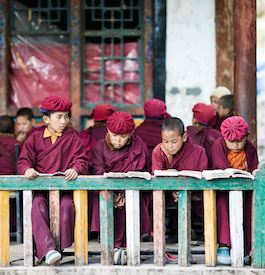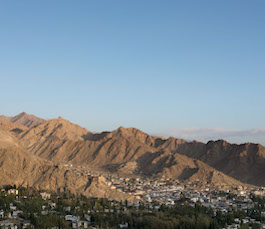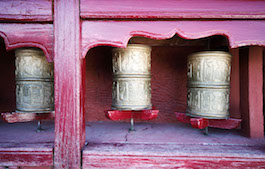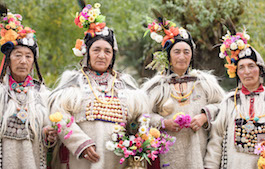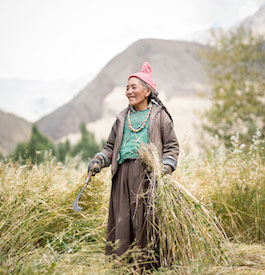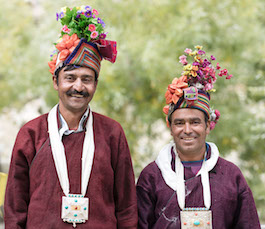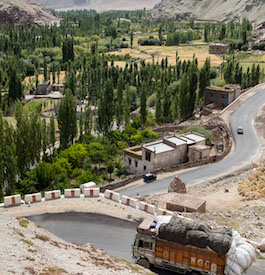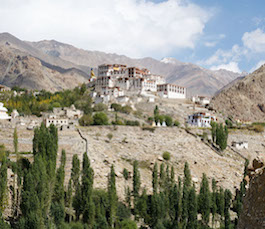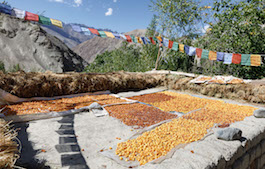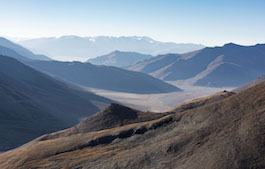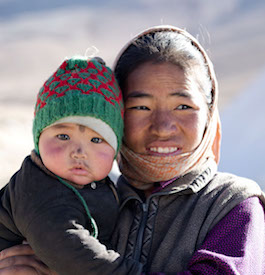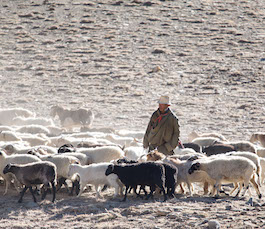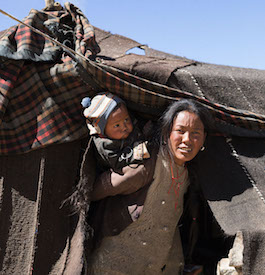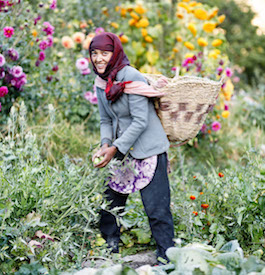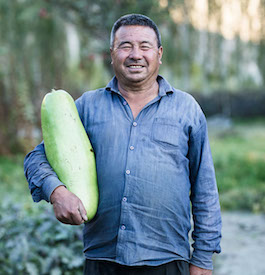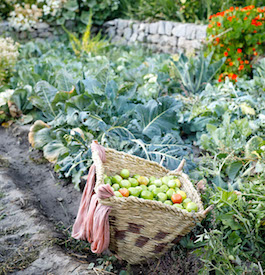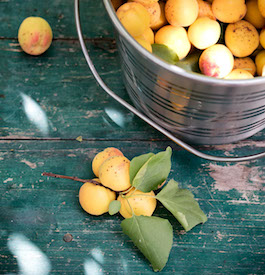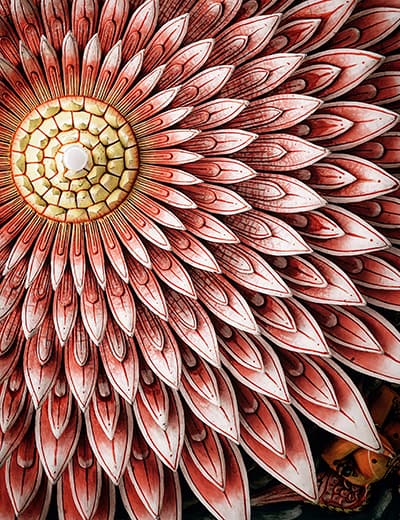
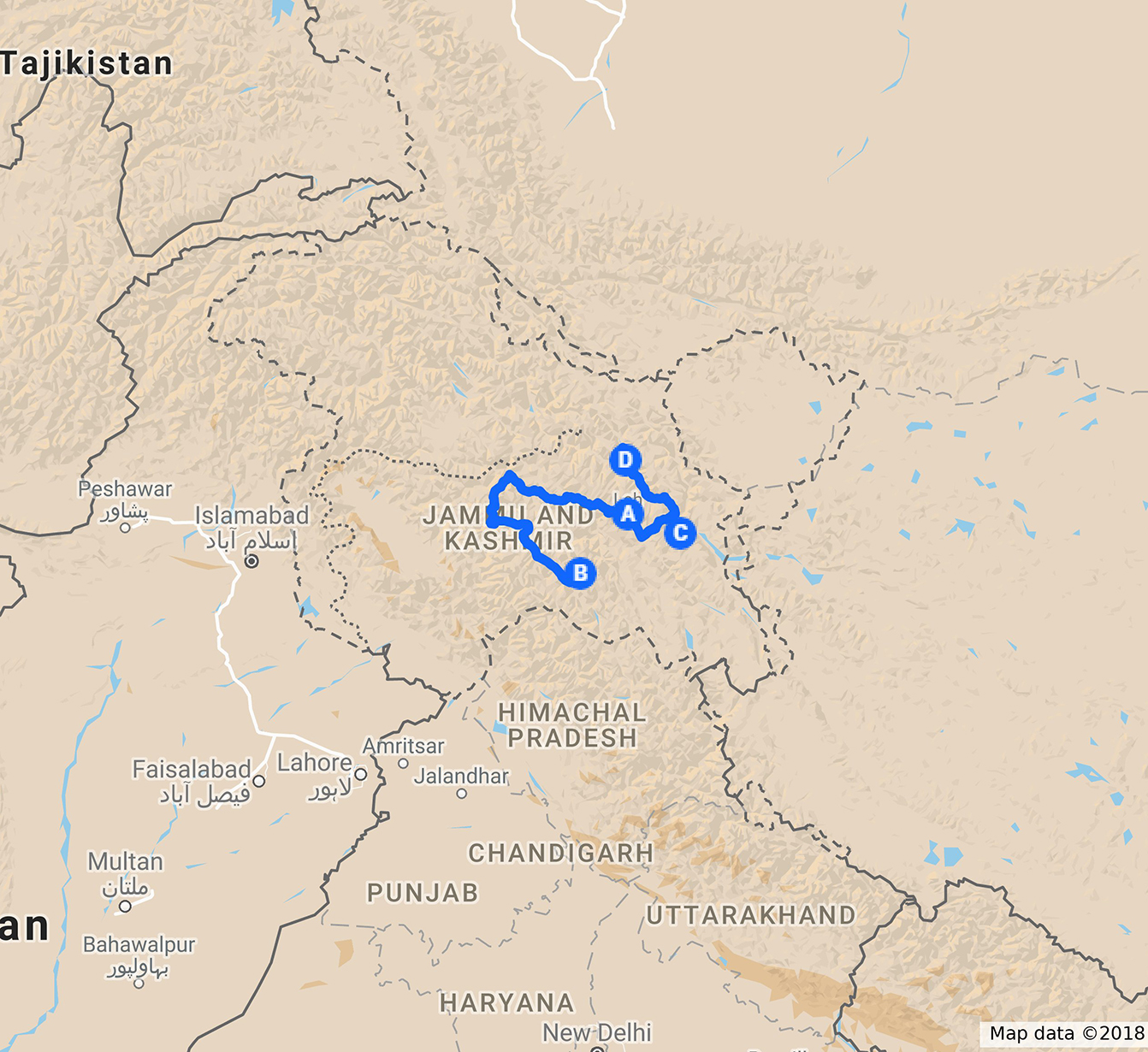
KAMALAN X ANOTHER ESCAPE, SEPTEMBER 2017
PROMINENT THEMES
-
Cuisine
-
Religion & Community
-
Nature & Wellness

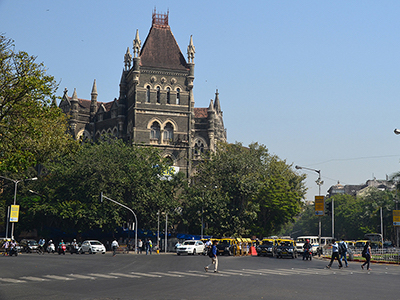
Where Desert Meets the Sea
A classic journey to India's west, sojourning the major cities and towns of Maharashtra and Gujarat...
Bespoke Journey • West India
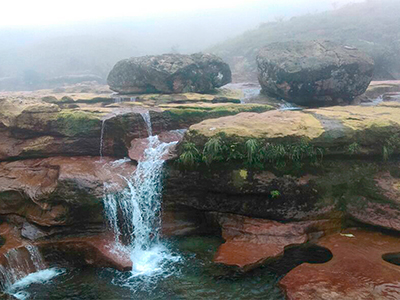
Of Myth and Mist
A classic journey exploring the many cultures that exist in Northeast India, through the states of Assam, Meghalaya, and Nagaland...
Bespoke Journey • East India
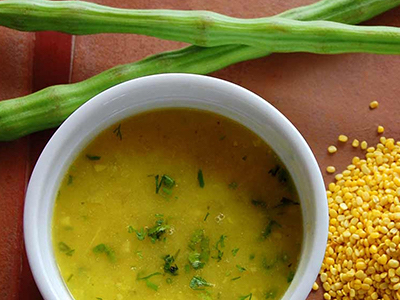
The Healing Chef
We have just come back from our Ayurvedic cure in Kerala and feel completed rested, restored and rejuvenated...
Narrative • South India
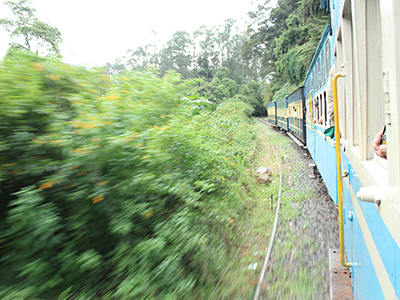
The Toy Train in the Mountains
We took the toy train in Coonoor early morning. We were quite grumpy, wondering why we had let our travel...
Narrative • Tamil Nadu
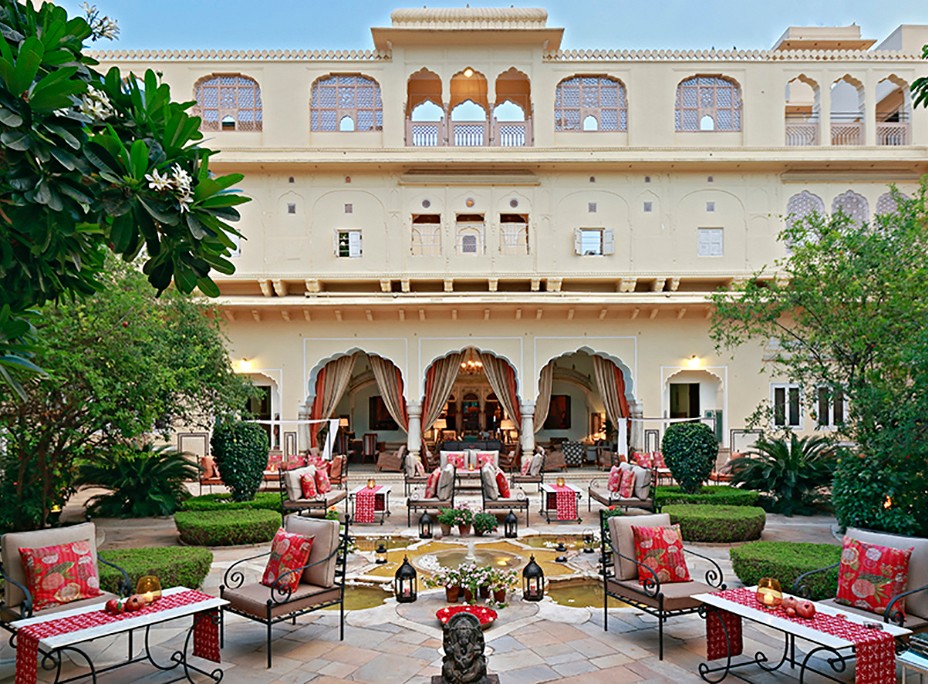
Samode Haveli
A cherished royal treasure in the walled old city of Jaipur, Samode Haveli is a traditional Indian mansion...
Hotel Guide • North India
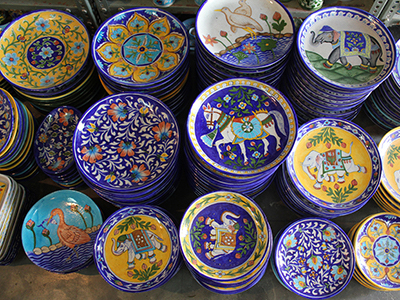
Where Art is Made
This journey explores the many handicraft traditions ranging from pottery to textiles in the states of Rajasthan and Uttar Pradesh...
Bespoke Journey • North India


